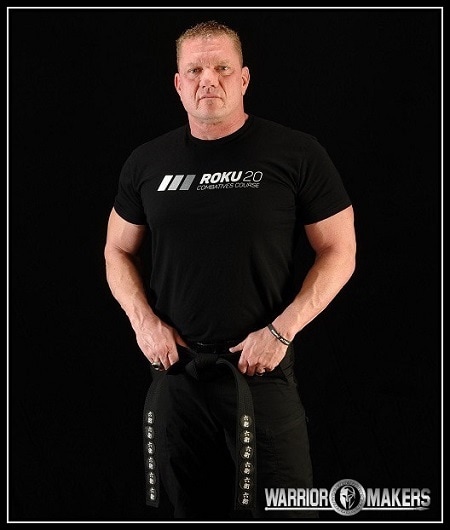The use of force continuum is a standard that provides law enforcement officers from around the world with a set of guidelines for dealing with a subject that is either resisting verbal commands or arrest. It is also called force level continuum and is very similar to what the military refers to as rules of engagement. Keep in mind that there is no universal standard used at this time, which means these continua can vary from country to country and from state to state.
This linear progression model was first introduced in the United States in the 1980’s as a use of force policy. The objective was to establish a “stair stepping approach” for escalating force in a manner that was matched by or equivalent to the corresponding level of resistance offered by the subject. In training, the officer is taught to escalate and de-escalate their level of force to match the subject’s actions.
Here is what an escalation of force model looks like:
Level I: The Physical Presence of The Officer
Level II: The Use of Soft Hands (control and restraint techniques)
Level III: The Use of Non-Lethal Weapons (Mace, Baton, Taser, etc.)
Level IV: The Use of Hard Hands (punching, kicking, takedowns, etc.)
Level V: The Threat of Deadly Force (verbal threat while pointing firearm)
Level VI: The Use of Deadly Force (shooting to kill)
A common problem officers are faced with is dealing with a subject who passively refuses to obey a verbal command. An example of this would be when an officer instructs a subject to put their hands behind their head but instead, the subject crosses their arms while stepping away from the officer. Over the years I have invented two control and restraint devices that help officers deal with this type of scenario in a way that complies with levels II, III, and IV of the aforementioned continuum. Although I believe the force level continuum offers many important objectives to our citizens, its importance should never supersede another crucial objective, which is to get these heroes in blue home safely--each and every night.
This linear progression model was first introduced in the United States in the 1980’s as a use of force policy. The objective was to establish a “stair stepping approach” for escalating force in a manner that was matched by or equivalent to the corresponding level of resistance offered by the subject. In training, the officer is taught to escalate and de-escalate their level of force to match the subject’s actions.
Here is what an escalation of force model looks like:
Level I: The Physical Presence of The Officer
Level II: The Use of Soft Hands (control and restraint techniques)
Level III: The Use of Non-Lethal Weapons (Mace, Baton, Taser, etc.)
Level IV: The Use of Hard Hands (punching, kicking, takedowns, etc.)
Level V: The Threat of Deadly Force (verbal threat while pointing firearm)
Level VI: The Use of Deadly Force (shooting to kill)
A common problem officers are faced with is dealing with a subject who passively refuses to obey a verbal command. An example of this would be when an officer instructs a subject to put their hands behind their head but instead, the subject crosses their arms while stepping away from the officer. Over the years I have invented two control and restraint devices that help officers deal with this type of scenario in a way that complies with levels II, III, and IV of the aforementioned continuum. Although I believe the force level continuum offers many important objectives to our citizens, its importance should never supersede another crucial objective, which is to get these heroes in blue home safely--each and every night.


 RSS Feed
RSS Feed